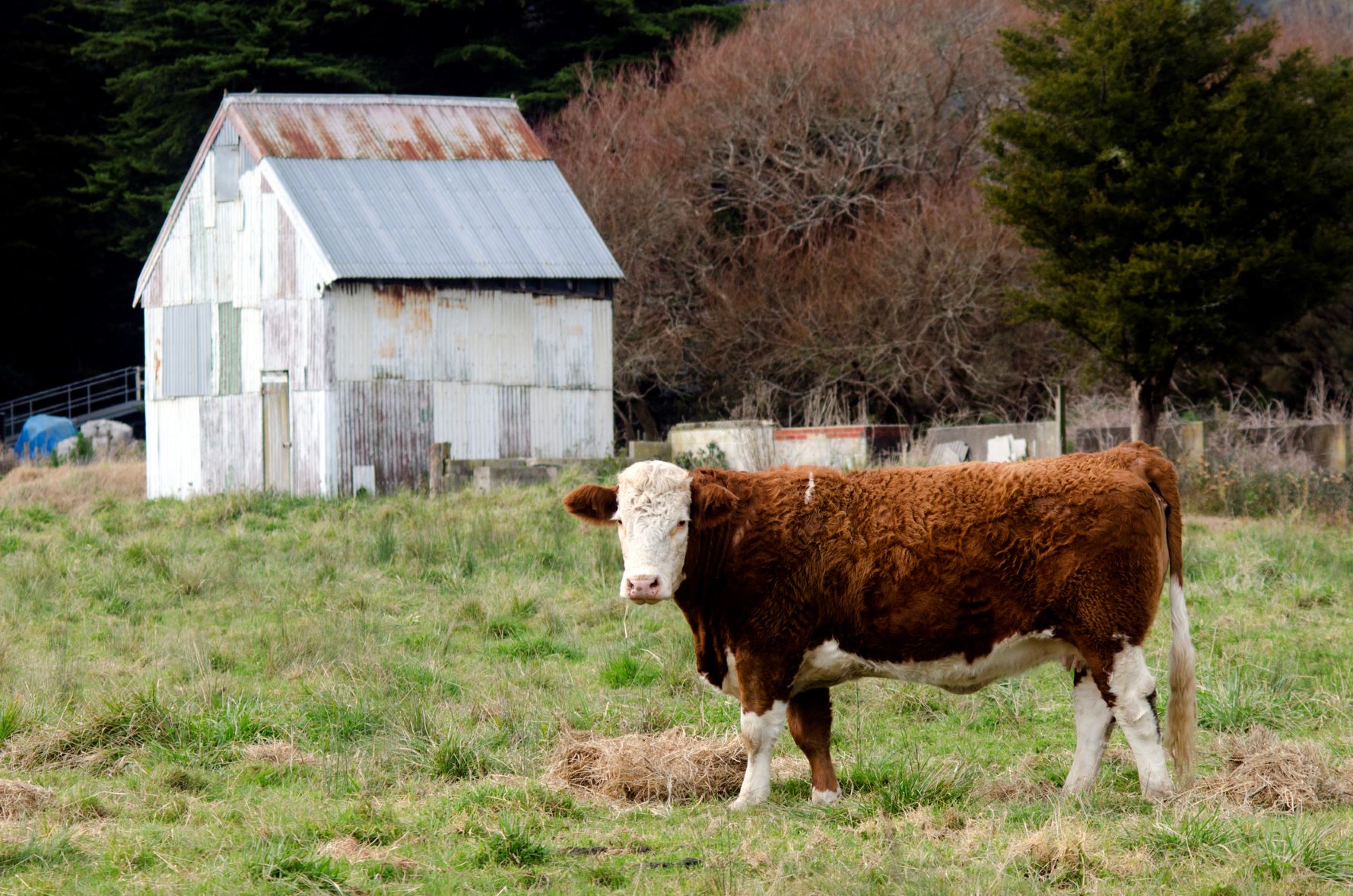Global demand for cheaper cuts of beef is expected to increase in the year ahead as rampant inflation and slowing economic growth see consumers trade down, says Rabobank.
New Zealand, a large exporter of beef ‘trimmings’ (the cheaper meat cuts which remain after prime cuts are removed), is expected to be among the best-positioned countries to benefit from this increased international demand, particularly from the US, the agribusiness bank says in its Q3 Global Beef Quarterly.
“Evidence of declining consumer confidence in the face of slowing economies and rising inflation is starting to build,” the report says. “In general, beef markets are resilient to changes in economic conditions. However, we do see movement within supply channels and price points that tend to favour cheaper options such as mince/ground beef and quick-service restaurants over the more expensive cuts and consumption channels.”
Growing demand
The bank forecasts the volume of trimmings consumed globally to remain strong and potentially increase in the second half of 2022 as consumers continue to trade down to lower-value beef cuts. Trimmings are typically used to make minced beef.
“Major importers of trimmings include the US, China, Japan and South Korea,” the report says. “With these countries facing slower economic conditions in the second half of 2022, we expect consumer-purchasing decisions to favor the consumption of trimmings.
The US and South Korea face high inflation pressures, whilst China and Japan continue to struggle with slower economic growth off the back of Covid.” In the US, with its high consumption of ground beef, this should support demand for trimmings both from domestic and imported sources, Rabobank says.
“Currently, high domestic beef production in the US is reducing the need for imported trimming products and, as a result, New Zealand beef exports to the US for the first half of 2022 are well back on 2021 volumes,” Rabobank agricultural analyst Genevieve Steven said.
“But, if US production contracts, with a slowing of the current US cow liquidation, higher import volumes will be needed.
“Of the large global beef exporters, New Zealand, Australia and Brazil are the biggest exporters of trimmings. Brazil has already filled its 2022 quota of beef exports to the US, and this means New Zealand and Australia are best positioned to take advantage of any increase in US imports of lean trimmings in the second half of the year.”.
Global outlook
The global beef market overall remains strong, Rabobank’s Q3 Beef Quarterly says. “Most beef retail prices (in domestic currencies) continued their upward trend in Q2 or remained steady,” the report says.
Beef prices in most markets are sitting between five and 11 percent higher than quarter two in 2021, with the UK a notable exception recording a decline in prices as consumer demand for beef has softened due to high retail prices.
Cattle markets around the world also remain strong, the report says, supported by either favourable seasonal conditions (in the case of Australia and Brazil) or strong demand, in the case of the US.
New Zealand update
The report says New Zealand beef exporters and producers continue to enjoy strong returns amid multiple challenges.
“In the first half of the year, the industry faced significant labour shortages due to absenteeism, Covid and immigration restrictions,” Ms Steven said. “Shipping product from the bottom of the world has been a further key challenge and remains a logistical marathon.”
Despite the challenges, Ms Steven said total New Zealand beef export volumes for the first six months of the year were only seven percent behind last year, while export earnings rose by 31 percent due to strong pricing.
“Lower export volumes into the US have been offset by more sales into the Chinese market, with China accounting for 43 percent of New Zealand’s total beef exports in quarter two,” she said.
“Lockdowns have impacted the Chinese foodservice sector over recent months, but elevated prices and increased sales into the retail channel saw our beef exports into China increase by both volume (six percent) and value (48 percent) in quarter two in comparison to the same quarter last year.
The report says New Zealand farmers have endured a very wet winter and will be hoping for a flush of spring grass to finish and sell rising 2- and 3-year-old cattle quickly.
“Processors have been managing a backlog of cull dairy cows, plus the bobby calf kill over the past month. We expect processing pressure will start to ease in quarter four, increasing demand for cattle and positively impacting pricing,” Ms Steven said.
“We anticipate the farmgate schedule will remain elevated through spring, around 2021 pricing levels, off the back of strong demand from China and a favourable exchange rate.”




